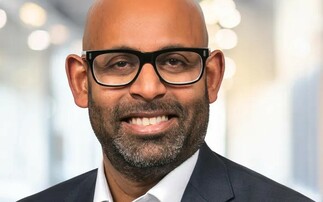Steve Rumbles of BlackRock provides practical examples to show how different companies with different needs can effectively respond to auto-enrolment.
For the remainder, the employer uses NEST with the option that members will graduate to the occupational scheme following promotion, a pay rise or after a fixed amount of time. In this way, the employer has ensured that scheme costs do not rise for the higher earners and that those new to pension saving are well catered for.
Company 2 is also very large but with lower staff turnover and a low pension take-up rate. The company sees itself as paternalistic, choosing to offer a market-differentiated set of benefits to its employees, not just the legal minimum.
It takes the opportunity created by auto-enrolment to carry out a thorough review of its corporate scheme to ensure that it is sufficient to meet the new duties as well as the needs of existing members.
The employer mandates an adviser to assist in finding a workplace savings solution that meets all its criteria. First among these is a broad menu of savings products that enables employees to build a diversified portfolio tailored to their needs.
The employer’s workforce is diverse and different demographics will want different products: for younger, debt-laden cohorts, liquid cash ISAs might be preferable while older cohorts want low-risk pension products.
Second, the employer wants an easy-to-use, online dashboard of controls, phone assistance and other communications solutions to support the offering. Last, the employer also wants to ensure that members are paying the best possible price so that more of their contributions are going into the fund.
The consultant instigates a search for a new provider of a single scheme for all segments of the employer’s workforce. The result is that the employer is able to accommodate all automatically enrolled workers and improve its value-added savings proposition.
Company 3 is a smaller firm with only 500 higher earners in a DB scheme. The company feels that it simply would not be able to accommodate the remainder in the DB scheme so it has two choices: to close the DB scheme and place all staff members in a DC scheme, or to ring-fence the DB scheme and close it to new members while placing all remaining members in a DC scheme. The employer seeks advice from a consultant who judges that it would be less contentious among the existing DB members to choose the latter option.
Because the employer experiences a high rate of staff turnover and the majority of staff are low earners, it considers NEST to be a valid solution. However, the consultant advises that a careful, adviser-led DC provider selection process would be in line with a more paternalistic approach.
Positive Change
Auto-enrolment is a huge challenge for UK employers, but it is also potentially a catalyst for positive change. Preparation well in advance will give employers time to weigh the potential costs of paternalism with the benefits of talent retention and recruitment, and an enhanced employer/employee relationship.
Steve Rumbles, managing director, is head of BlackRock’s UK DC Pensions team
To discuss your auto-enrolment options in greater depth, please call +44 (0)20 7743 2721 or email [email protected]








